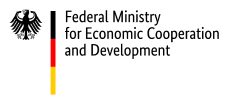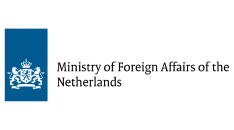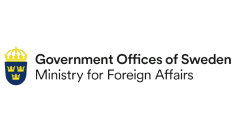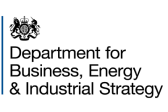Concluding Remarks

Pablo Vieira, Global Director, NDC Partnership Support Unit
This year, as the NDC Partnership began our new 5-year Work Program under the leadership of new Co-Chairs, Jamaica and the U.K., the unthinkable has become the new normal. Vaccination is advancing in richer countries, but COVID still wreaks havoc in much of the world.
As this report makes clear, the Partnership had notable success in the most challenging of circumstances. We are supporting almost 80 countries to implement their NDCs, raise ambition and align climate action with development. We provide a platform through which more than 120 partners can deploy support in response to transparent, government-owned plans developed with ministries of finance or planning as well as those of environment.
As we approach COP26, the Partnership has supported 67 countries through the NDC enhancement process. These countries are submitting new or updated NDCs with greater detail, a stronger analytical base and, in many cases, greater ambition. The Partnership’s support has also driven equity and development agendas. We support countries to align post-pandemic recovery with NDC action. We are also seeing real progress through our Gender Strategy and newly-launched Youth Engagement Plan.
Countries work through the Partnership because we support them to take a strategic, government-led approach and a transparent platform to coordinate with many partners providing support. Development and implementing partners do so because it reduces transaction costs, avoids duplication and makes it easier to deploy support in line with their different strengths.
There is much to be proud of, and it is due to the commitment of our nearly 200 members. It is no simple matter for countries to maintain focus on implementing and supporting climate action in today’s condition, nor for institutions to adapt their practices to cooperation with such a diverse coalition.
Nevertheless, the future is daunting. The IPCC’s latest report is a reminder that the climate crisis is moving a lot faster than we are. We have already seen 1.1 degrees of warming since pre-industrial levels, and the chances of staying under 1.5 look very remote. This year we have seen unparalleled heatwaves and more powerful extreme weather events. Following 2020, the warmest year on record, July 2021 became the hottest month ever measured.
Meanwhile, many countries face extraordinarily challenging conditions for action. COVID-19 will remain a huge burden for years to come. Added to its appalling health impact, economic effects are still being felt in trade, revenue and debt levels, squeezing the already narrow political and financial scope for climate action in some countries. In some of the world’s most advanced economies, populism and anti-scientific sentiment impede climate action.
How can we respond? The Partnership’s success shows that working across government and society, countries can drive key development priorities through ambitious climate action. Our members are demonstrating that coordinated, country-driven support can really help drive that action. To match the incredible challenges ahead, Partnership members are stepping up with new programs and more resources. This year we have also launched a new “Partnership Action Fund” (PAF) to enable our members to respond even more effectively. The PAF will complement members’ resources by providing resources for members to fill gaps. Our work is also building on technical assistance to add a focus on mobilizing larger-scale finance as country plans mature.
On its own the Partnership will still not be enough. Countries and institutions need to limit emissions, improve resilience and mobilize finance faster than ever. The Partnership shows this can be done effectively, but at COP26 we need to show greater determination than ever before.







